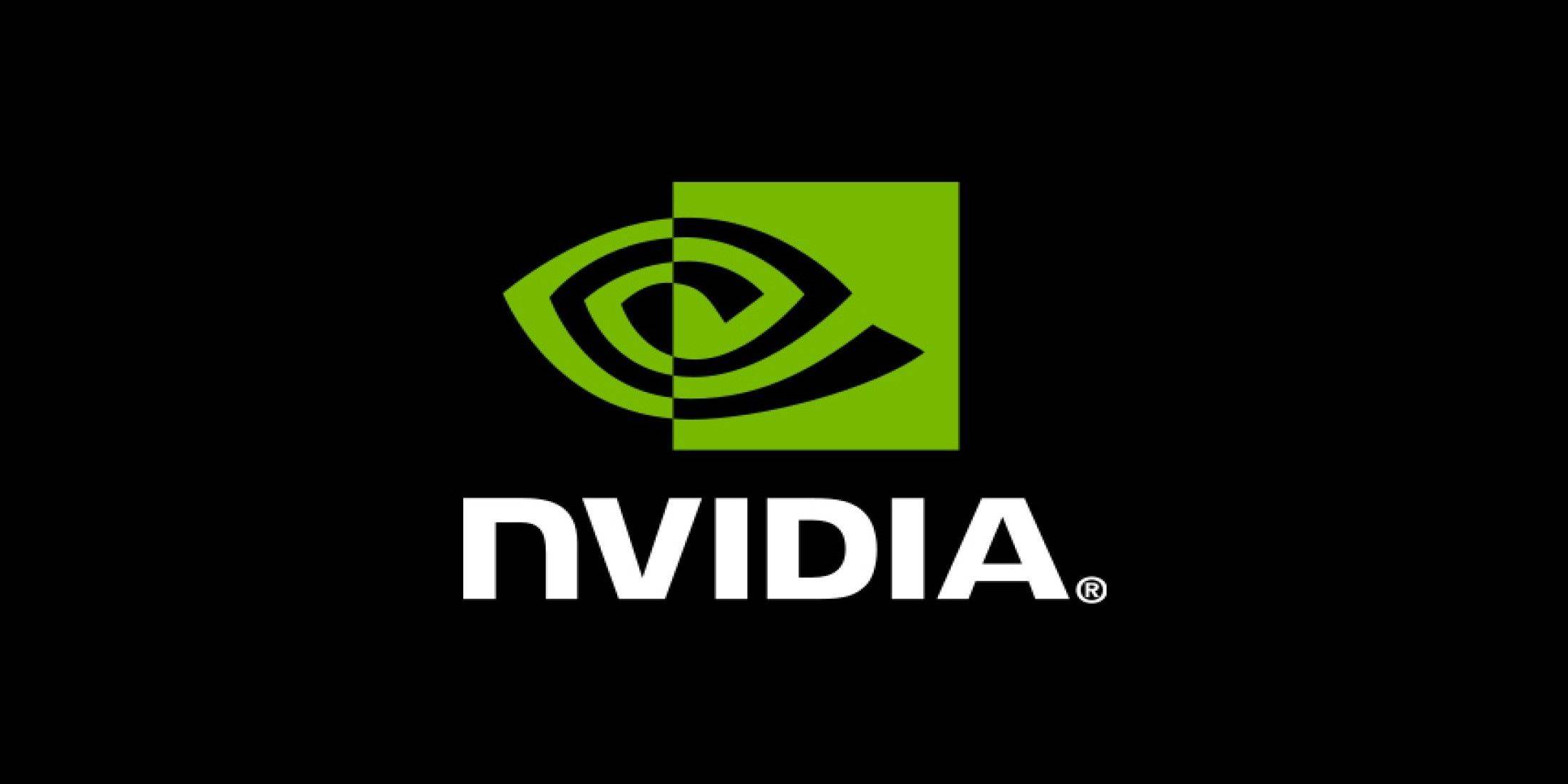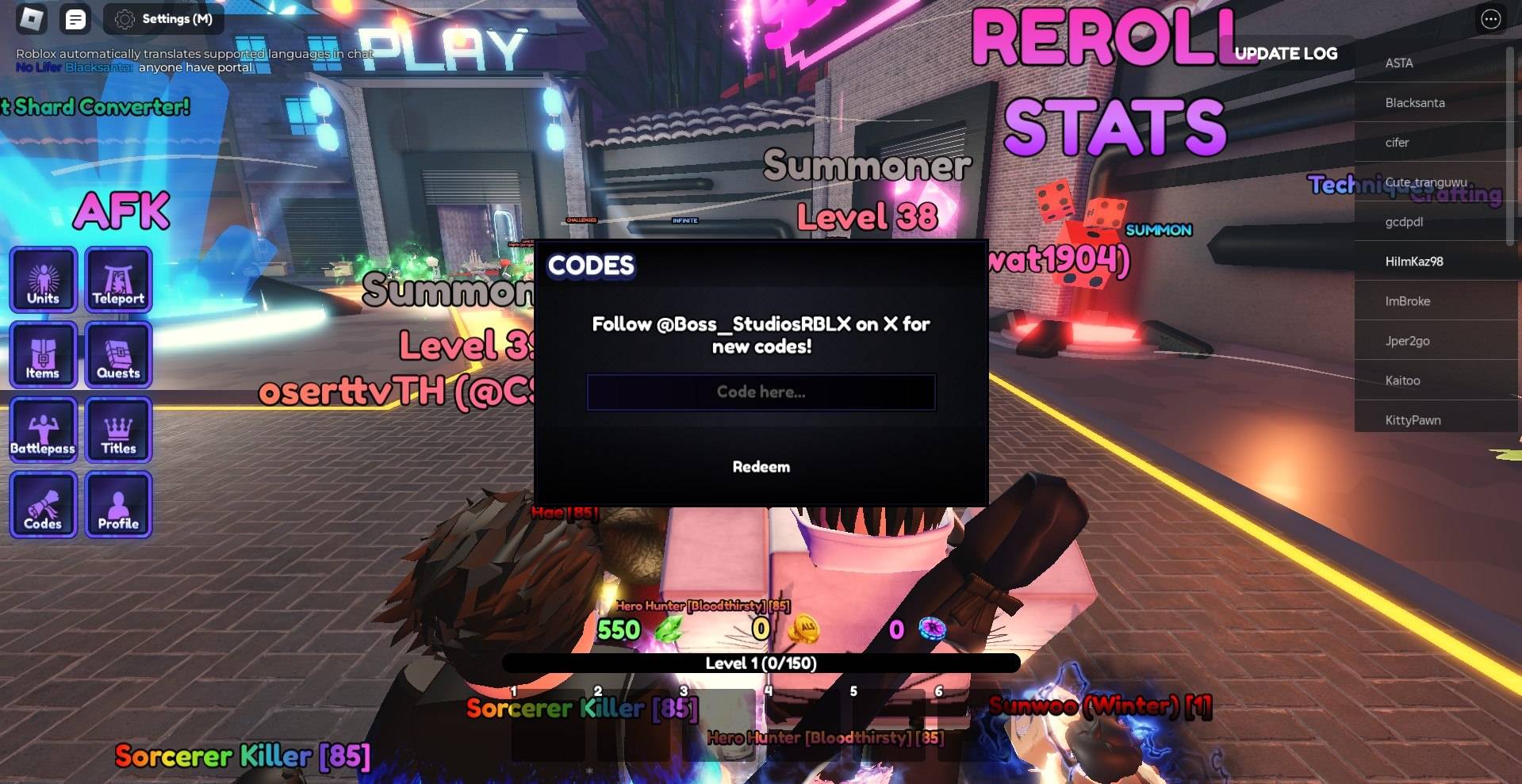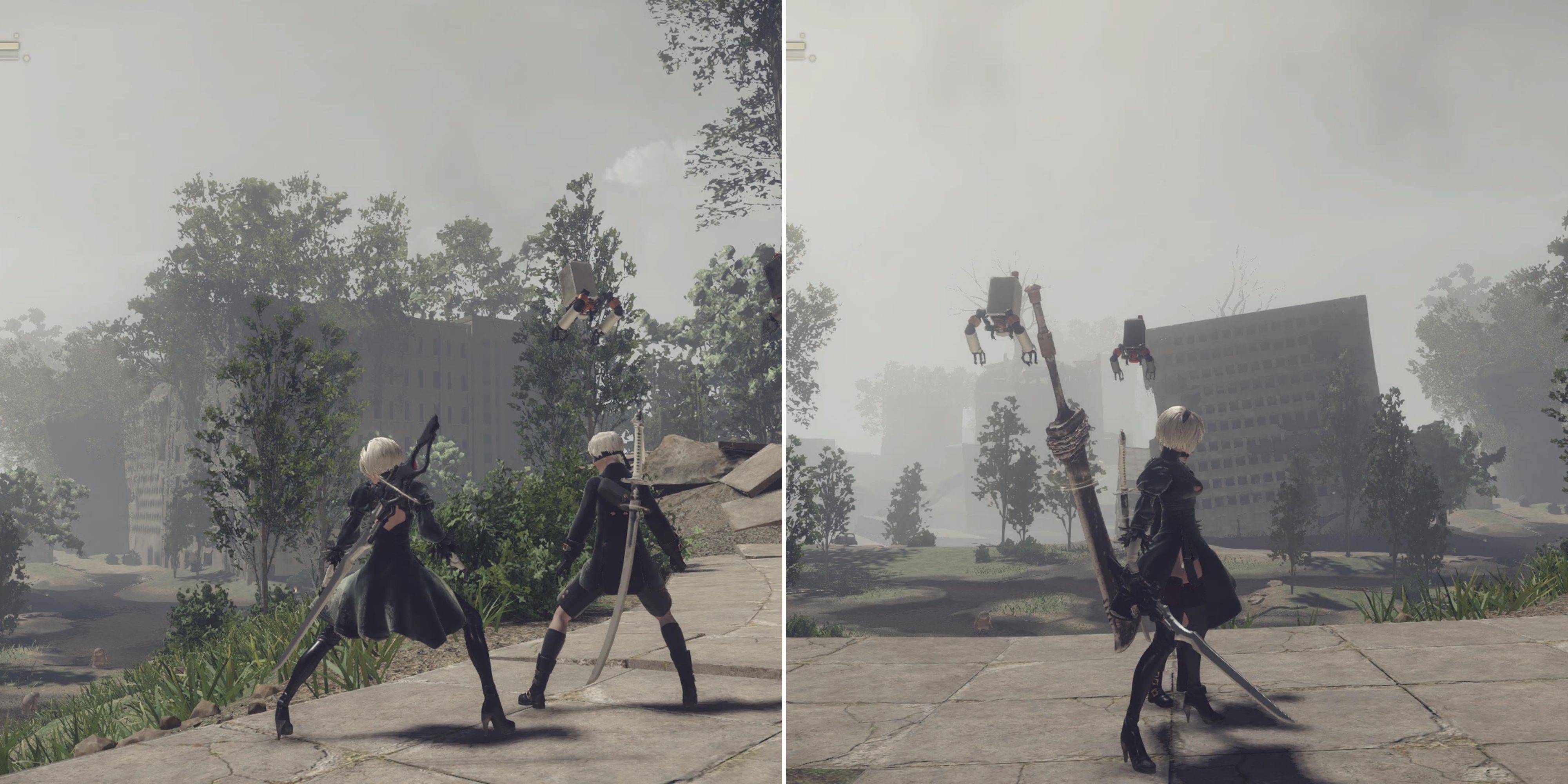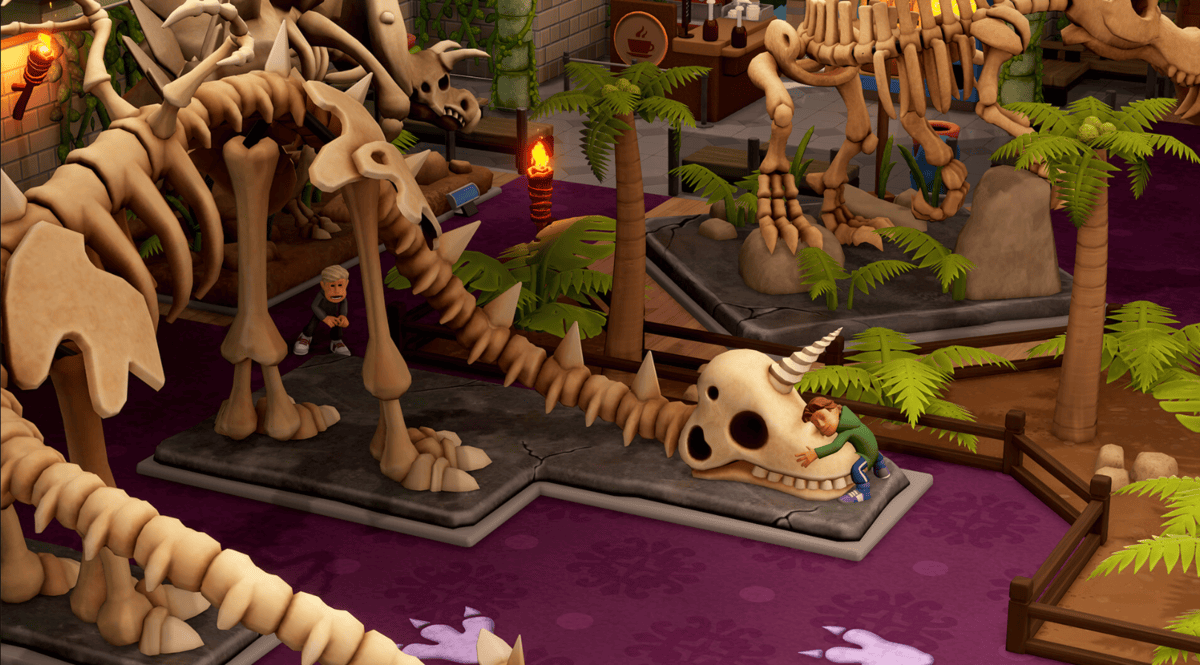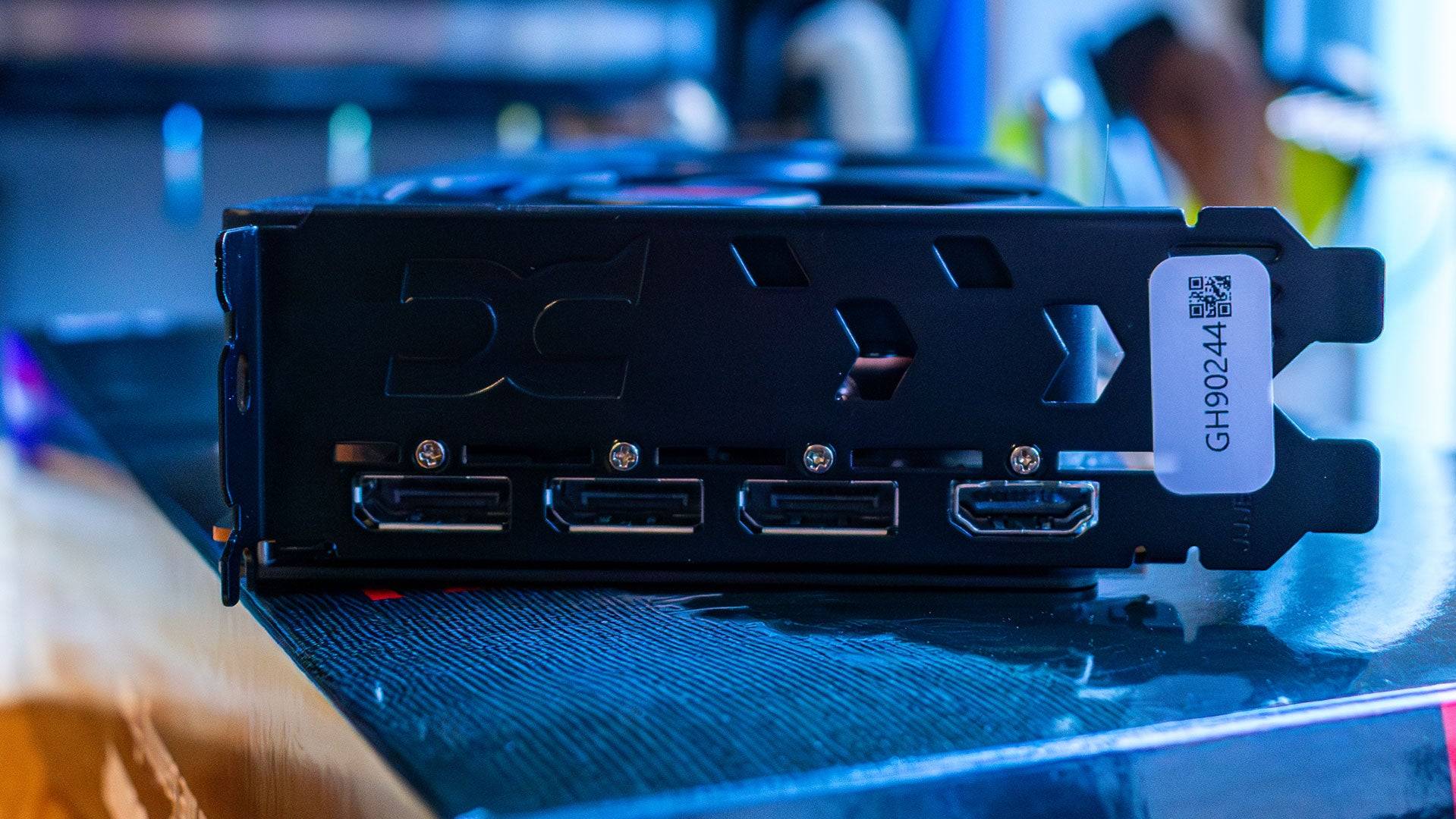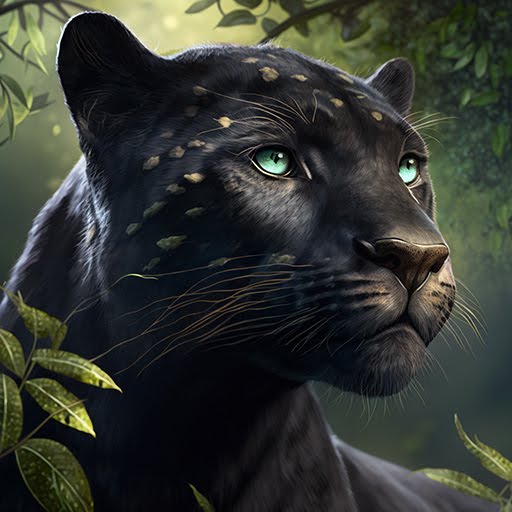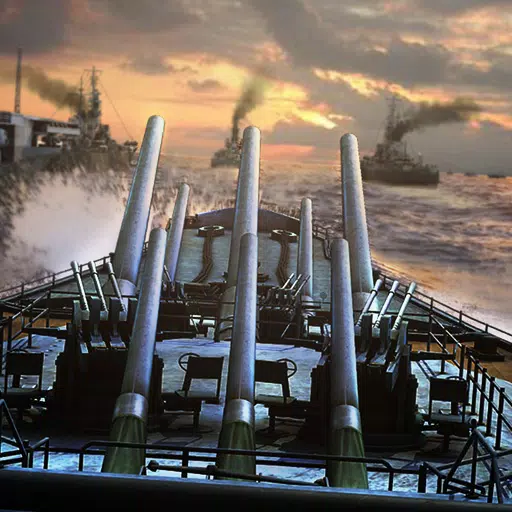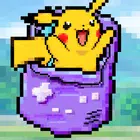Nu Udra: The Apex Predator of Oilwell Basin - Monster Hunter Wilds Interview
From the dry deserts and bustling forests to the blazing volcanoes and frozen tundra, the Monster Hunter series showcases a variety of environments, each with its own unique ecosystem shaped by a diverse array of monsters. The thrill of exploring these unknown worlds and traversing their landscapes while hunting is a core joy of playing Monster Hunter.
This sense of adventure continues in Monster Hunter Wilds, the latest installment in the franchise. Following the Windward Plains and Scarlet Forest, hunters will venture into the harsh terrain of the Oilwell Basin, a region engulfed in flames and oilsilt. Here, they'll navigate through paths obstructed by dripping, viscous oil and blazing magma. Despite its seemingly sterile and lifeless appearance, the Oilwell Basin teems with life, as small creatures can be seen wriggling through the mire. Scattered throughout are remnants of an ancient civilization, adding an air of mystery to the area.
Yuya Tokuda, the director of both Monster Hunter: World and Monster Hunter Wilds, provides insight into the Oilwell Basin:
"During the Fallow, the Oilwell Basin is a place filled with mud and oil. When the Inclemency known as the Firespring arrives, it burns away the oilsilt. During the Plenty, the burned-away oil and soot vanish, revealing the minerals, microorganisms, and the original colors of the manmade artifacts hidden beneath," he explains.
Down in the Muck
What was the concept behind the Oilwell Basin's design? Kaname Fujioka, the director of the first Monster Hunter and the executive director and art director for Wilds, shares his thoughts:"We wanted to create a vertically connected environment after the horizontally expansive Windward Plains and Scarlet Forest. The Oilwell Basin changes as you move through its top, middle, and bottom strata. Sunlight reaches the top, where oil gathers like mud, and as you descend, the temperature rises, with lava and other substances becoming more prevalent."
Tokuda adds, "From the middle to bottom strata, you'll encounter creatures reminiscent of aquatic life, similar to those found in deep seas or underwater volcanoes. In Monster Hunter: World, we explored the idea of aquatic creatures living on the surface in the Coral Highlands, and we've applied that knowledge to create the Oilwell Basin's unique ecosystem and creatures.
The Oilwell Basin transforms from a barren wasteland during the Fallow and Inclemency to a vibrant, marine-like environment during the Plenty. Fujioka emphasizes the contrast, saying, "During the Fallow and Inclemency, smoke rises from the Oilwell Basin, resembling a volcano or hot spring. But during the Plenty, it takes on a clear, marine-like tone. The environmental biology reveals a region inhabited by creatures you'd expect to find on the ocean floor."The Oilwell Basin's ecosystem is distinct, relying on geothermal energy rather than sunlight and vegetation. Beneath the oilsilt, shellfish like shrimp and crabs thrive, alongside small monsters that provide raw meat. These small monsters filter microorganisms from the environment, while large monsters feed on them, creating a complex food chain driven by the earth's heat.
The large monsters in the Oilwell Basin are unique. One such creature is Rompopolo, a globular, noxious monster with a mouth resembling thin needles. Fujioka explains the design:
"We designed Rompopolo as a tricky monster that lives in swamps and uses its stored toxic gas to create chaos for players. The concept of a mad scientist inspired its slightly chemical purple color and glowing red eyes. The equipment crafted from it is surprisingly cute, as is its Palico equipment."Tokuda describes the Rompopolo Palico equipment as "amusing," and I can attest to its charm after trying it out. I encourage you to craft and experience it for yourself.
Flames of Ajarakan
Another new monster in the Oilwell Basin is Ajarakan, a massive gorilla-like creature enveloped in flames, with a slimmer silhouette than the Scarlet Forest's Congalala.
In this video, we see Ajarakan and Rompopolo battling for territory, with Ajarakan using its arms to give Rompopolo a bear hug. Its martial arts-inspired movements, focusing on its fists, give it a unique charm among fanged beasts.Tokuda explains, "When designing fanged beasts, their low hips put their heads at eye level with the hunter, making it harder to sense their threat. We wanted Ajarakan to have a more top-heavy and towering silhouette, with flame elements fitting the Oilwell Basin. Its grabbing attacks, reminiscent of a wrestler, highlight its physical strength. It combines strength, physical attacks, and flames, like its attack where it melts something and tosses it at you."
Fujioka adds, "With so many unique monsters, we wanted Ajarakan to be straightforward. It punches or slams its fists to create flames, making it strong through its direct attacks."
Ajarakan holds a high position in the Oilwell Basin's ecosystem. Compared to Rompopolo's use of poison gas and oilsilt, Ajarakan's flashy appearance, with flames and magma accompanying its attacks, underscores its dominance.Fujioka shares, "Initially, Ajarakan was just a physically powerful monster. We wanted to give it more personality, using flames and heat. We didn't want it to simply breathe fire, so we designed it to wear flames on its back, similar to the Buddhist deity Acala. The idea of its rising internal temperature giving it the power to melt anything in front of it added to its personality. We wanted players to avoid its hot hugs, making it seem scary by melting everything around it."
Unlike the tricky Rompopolo, Ajarakan's design focuses on straightforward power. Fujioka notes that the team added flashier moves as development progressed, including techniques like jumping into the air, balling up, and falling to the ground.
A Monster Generations in the Making
Ruling the Oilwell Basin as its apex predator is the "Black Flame," now officially named Nu Udra. With its slimy body covered in flammable oil, it stretches and wriggles throughout the area. Like the Windward Plains' Rey Dau controlling lightning and the Scarlet Forest's Uth Duna enveloping itself in water, Nu Udra coats itself in flames. The developers designed apex predators in Wilds with their region's element in mind. Despite the oddity of finding an octopus in a scorching area, Fujioka confirms:
"Yes, it was octopuses. We wanted its silhouette to be striking when it rises up, giving it demonic horns, but also designed it so you can't tell where its face is."Tokuda adds that even the music during Nu Udra battles is based on demonic imagery, with composers using phrases and instruments reminiscent of black magic.
Nu Udra's tentacle movements follow in the footsteps of monsters like Lagiacrus from Monster Hunter Tri. Both Tokuda and Fujioka have long wanted to realize this concept.
Tokuda recalls, "In Tri, I proposed an octopus-shaped monster for underwater combat, emphasizing its distinctive movements. I had fun with ideas like severing its many legs, but technical challenges prevented it. I've held onto that proposal all this time."Fujioka notes that they considered the movements of past tentacled monsters like Yama Tsukami and Nakarkos when developing Nu Udra. He explains, "We use monsters with unique movements at key moments for their striking silhouettes and impressions. Including too many can tire players, but one at the right time leaves a strong impression. That's why we had Yama Tsukami appear in Monster Hunter 2 (Dos) floating over the mountains in a deep forest, creating an adventurous feeling similar to encountering cryptids."
Tokuda nostalgically adds, "I'm the one who put Yama Tsukami there. We wanted it to leave an impression, despite the technology at the time."
The Monster Hunter team's dedication to creating monsters is evident throughout the development process. Even if current technology can't support their ideas, they keep them in mind for future titles. Realizing a monster like Nu Udra, which fully utilizes its tentacles, is a significant achievement for both Tokuda and Fujioka.Fujioka explains, "While Yama Tsukami and Nakarkos were fixed in place, Nu Udra uses its cephalopod traits to move freely, offering new gameplay experiences."
Tokuda adds, "When we saw the tests, we decided to make it the apex predator of the Oilwell Basin. It's a monster I've long wanted to attempt."
Nu Udra's animations received meticulous attention, even outside of hunting. When damaged, it wraps around ancient ruined pipes to navigate the area and enters small holes effortlessly. Fujioka shares, "We worked hard on depicting flexible bodies with Nu Udra. We start with ambitious ideas, challenging our artists, but the final product is amazing when we achieve it."The team uses new technologies to realize their accumulated ideas as the series progresses, even if they're unsure of success. Hearing Tokuda and Fujioka talk gives a sense of the Monster Hunter development floor's atmosphere.
Tokuda recalls, "When we first implemented the movement of it going inside a hole, an animator excitedly showed it to me. Their satisfaction was evident when I praised it."Fujioka adds, "The way it squirms around while wrapped around a pipe is well-made. It's a real-time depiction only games can achieve, and I'm incredibly proud of it as a crystallization of our team's efforts."
Fujioka's pride in the level of detail and the team's work on Wilds' monsters is palpable.
When facing Nu Udra, its flexible body makes finding an opening challenging. If you get too close, it launches a powerful counterattack with its head. After breaking a tentacle, its severed tip continues to thrash on the ground. Can you destroy all its legs?
Tokuda explains, "You can cut off many tentacles. All parts that touch the ground can be severed, but they begin to rot after some time. Carving rotten parts won't yield good materials. The same applies to other monsters' breakable parts, like tails."Nu Udra uses its tentacles to launch a barrage of attacks, with a unique tempo combining focused and area-of-effect attacks using its head and flames. Its sensory organs at the tentacle tips emit light to indicate its targets, making it easier to track in multiplayer hunts. However, as it doesn't rely on vision, Flash Bombs don't affect it.
To defeat Nu Udra, Tokuda suggests, "Its body is soft with many breakable parts. Hunters should determine where to attack. Cutting off a tentacle shortens its area-of-effect attacks, making movement easier. It's a monster suited for multiplayer, as its targets are split. Using SOS flares and Support Hunters can enhance the experience."Fujioka adds, "Destroying its parts is like an action game, similar to Gravios, where you discover ways to defeat it by breaking its armor. Watching its movements and making decisions fits perfectly with Monster Hunter's approach."
A Welcome Reunion
Fujioka mentions Gravios, which returns to the Oilwell Basin after its last appearance in Monster Hunter Generations Ultimate. Its rocky carapace and hot gas emissions make it a fitting addition to the area.Tokuda explains the decision to bring back Gravios: "We wanted monsters that match the Oilwell Basin's environment, fit the game's progression, and offer a fresh challenge. Gravios met these criteria."
The reappearing Gravios has an even harder body than before, its massive presence overwhelming compared to other Oilwell Basin monsters. Attacking its rocky carapace allows you to form red wounds and unleash a Focus Strike.
Tokuda says, "We wanted to retain Gravios's hardness while making it a monster that appears after significant progression. It's challenging to defeat its hard body at first, but hunters find more clues using the wound system and part breaking."All Monsters in Monster Hunter Wilds
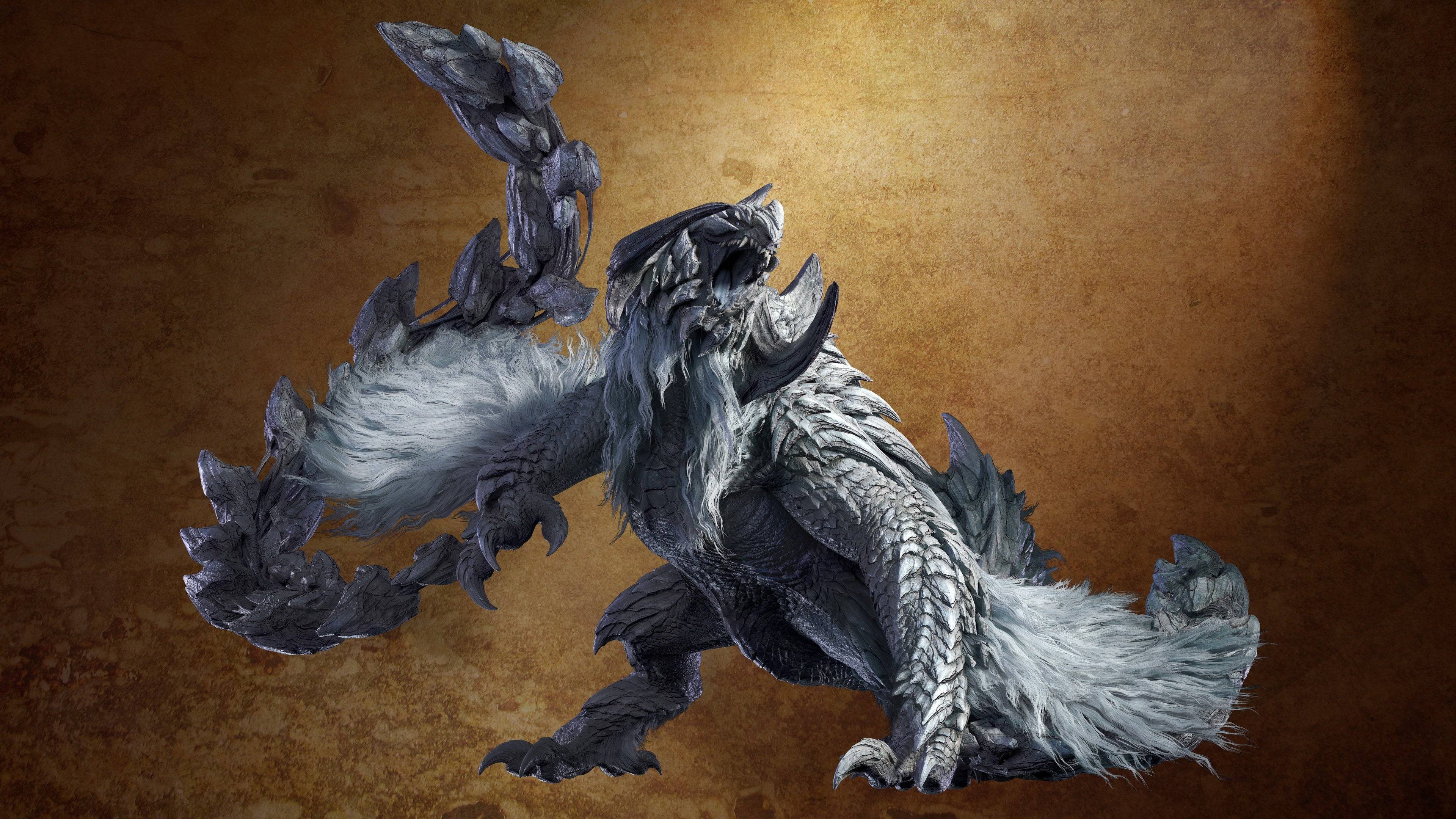
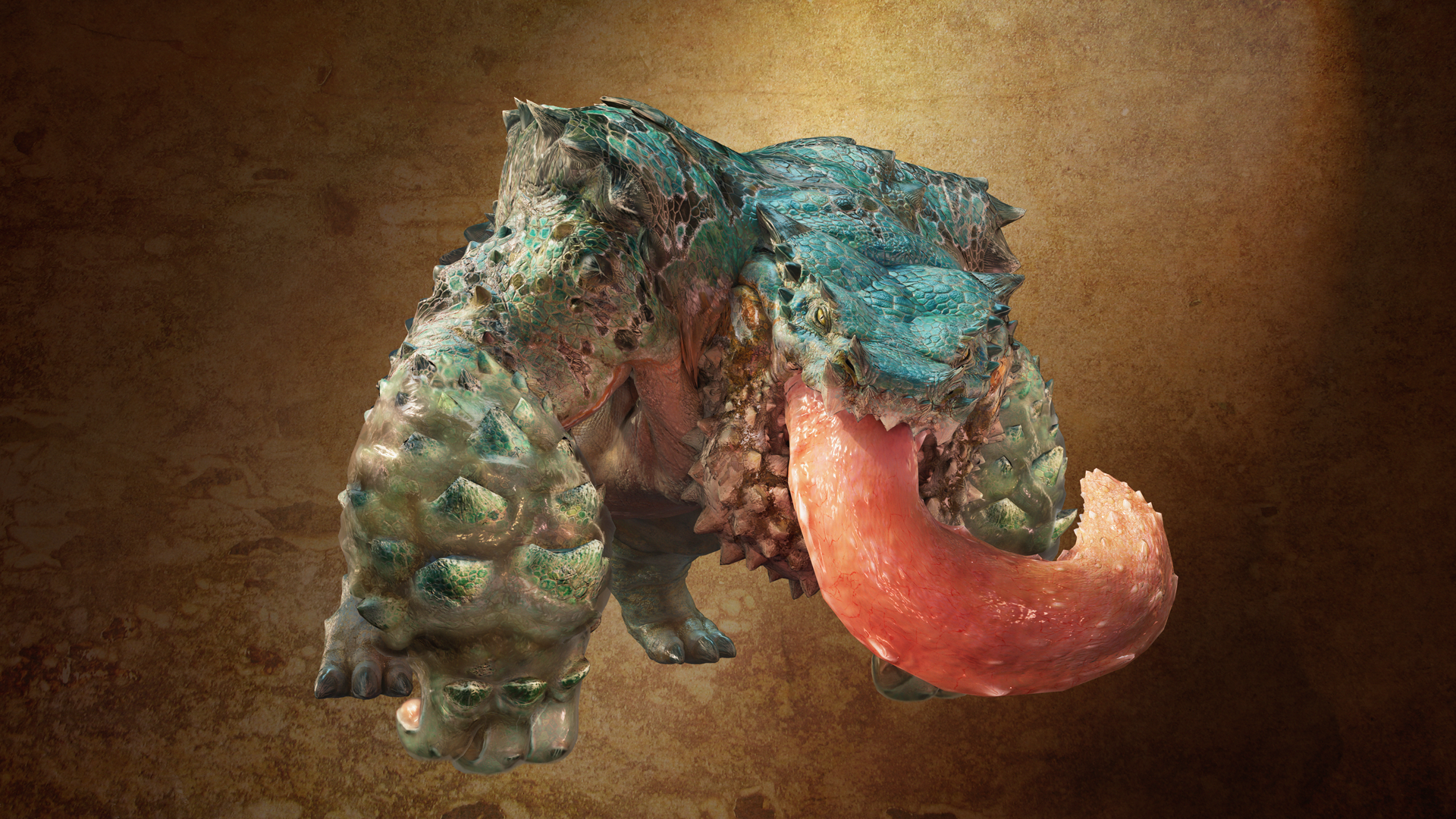 17 Images
17 Images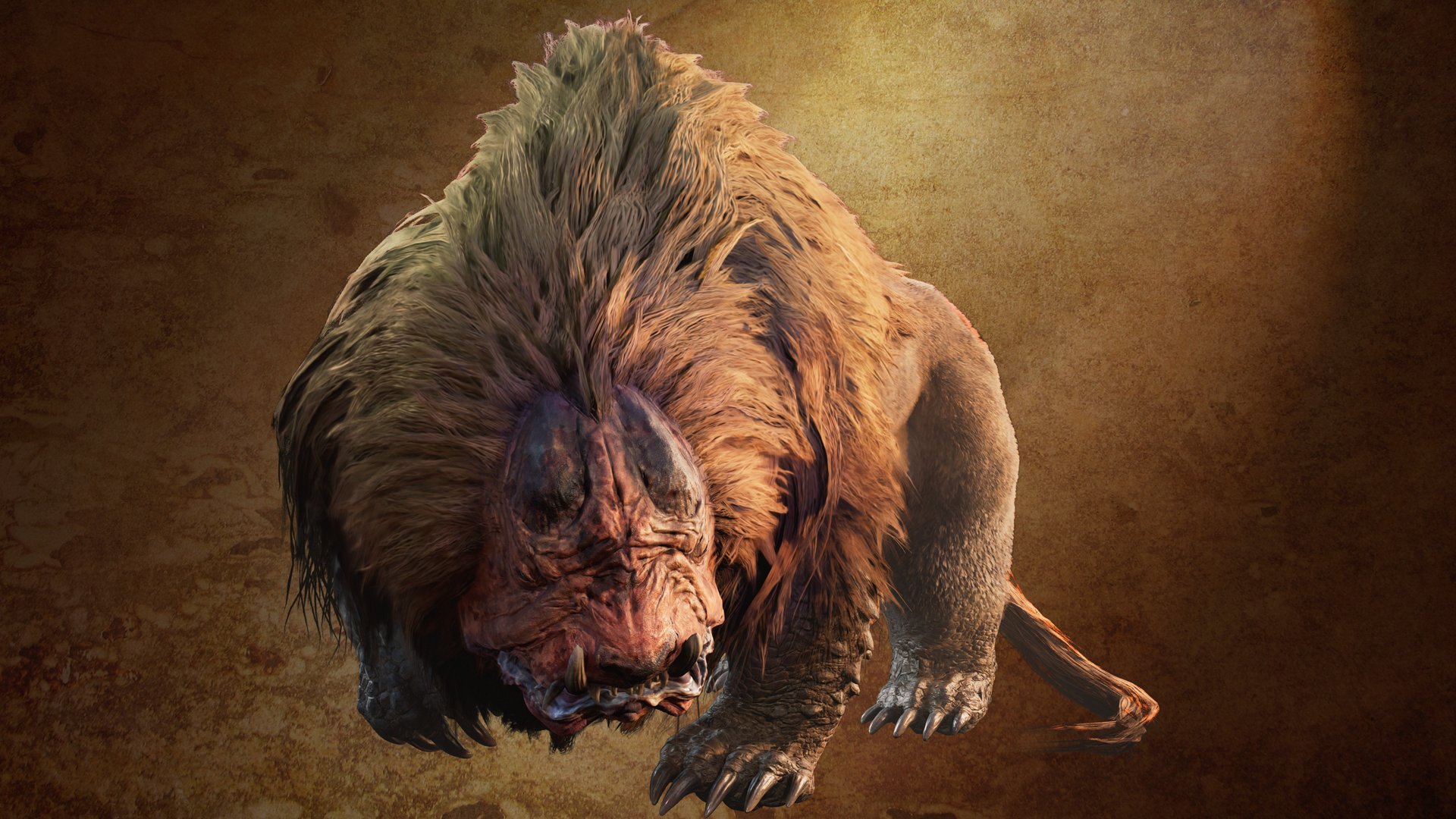
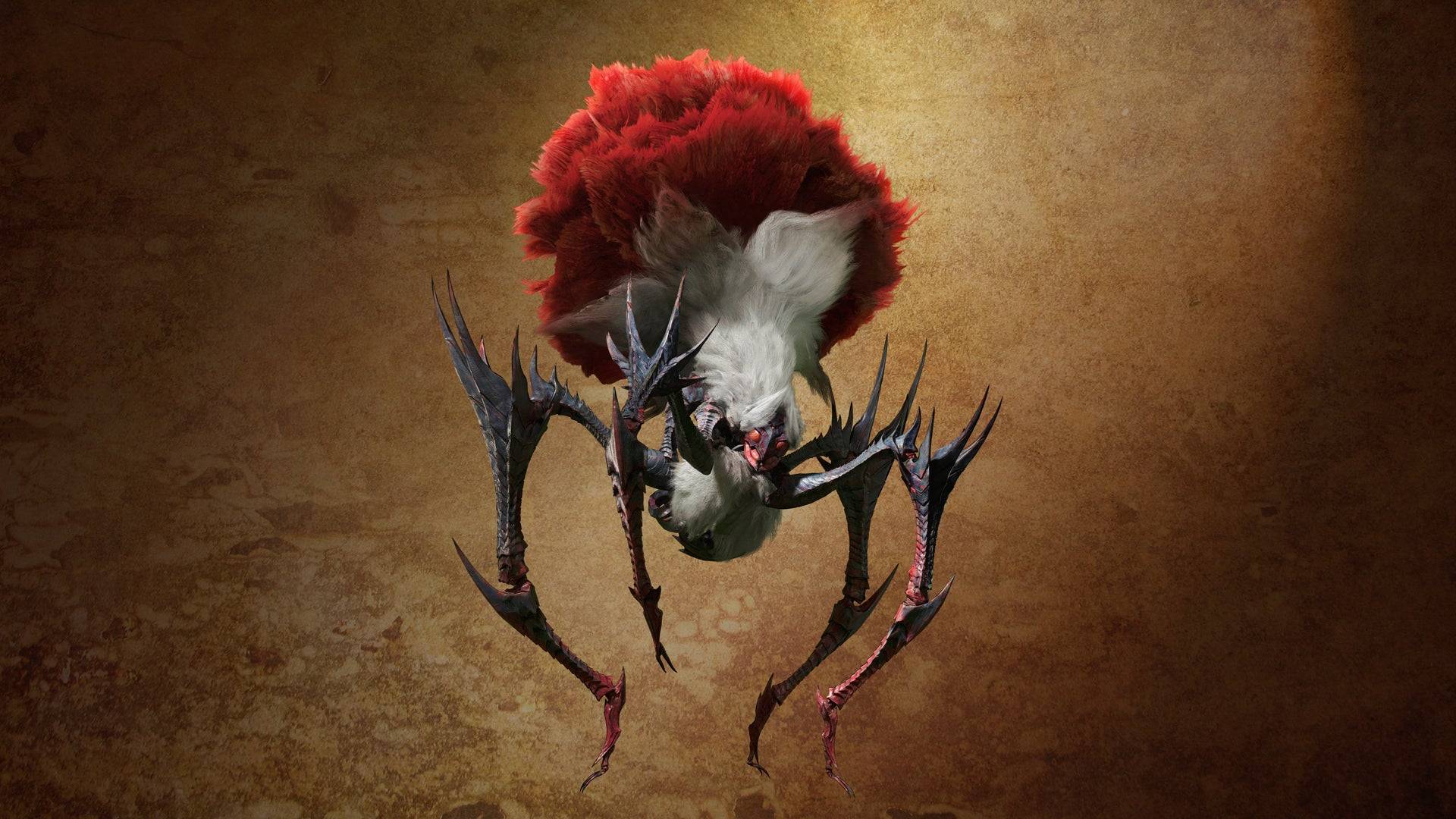
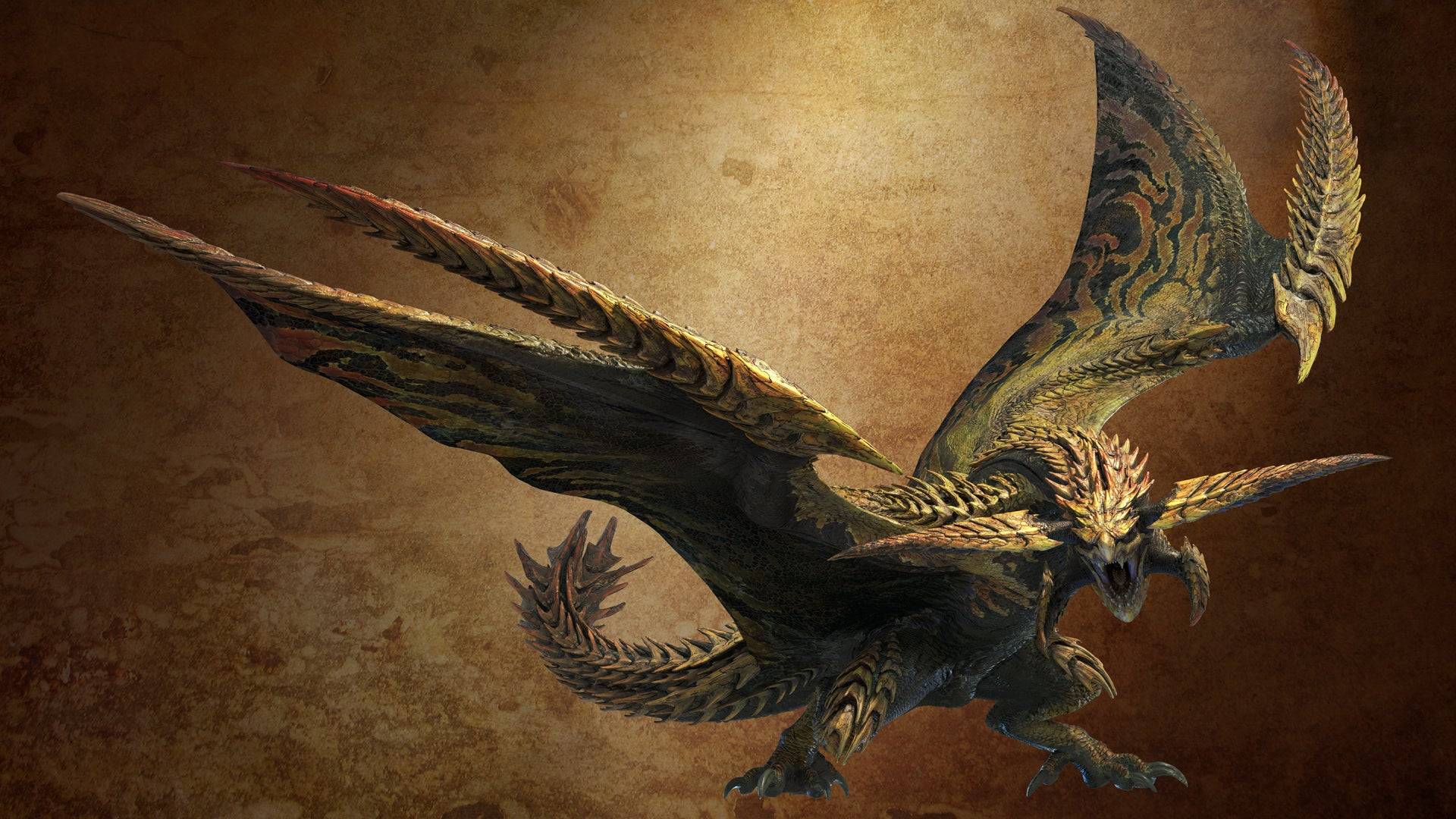
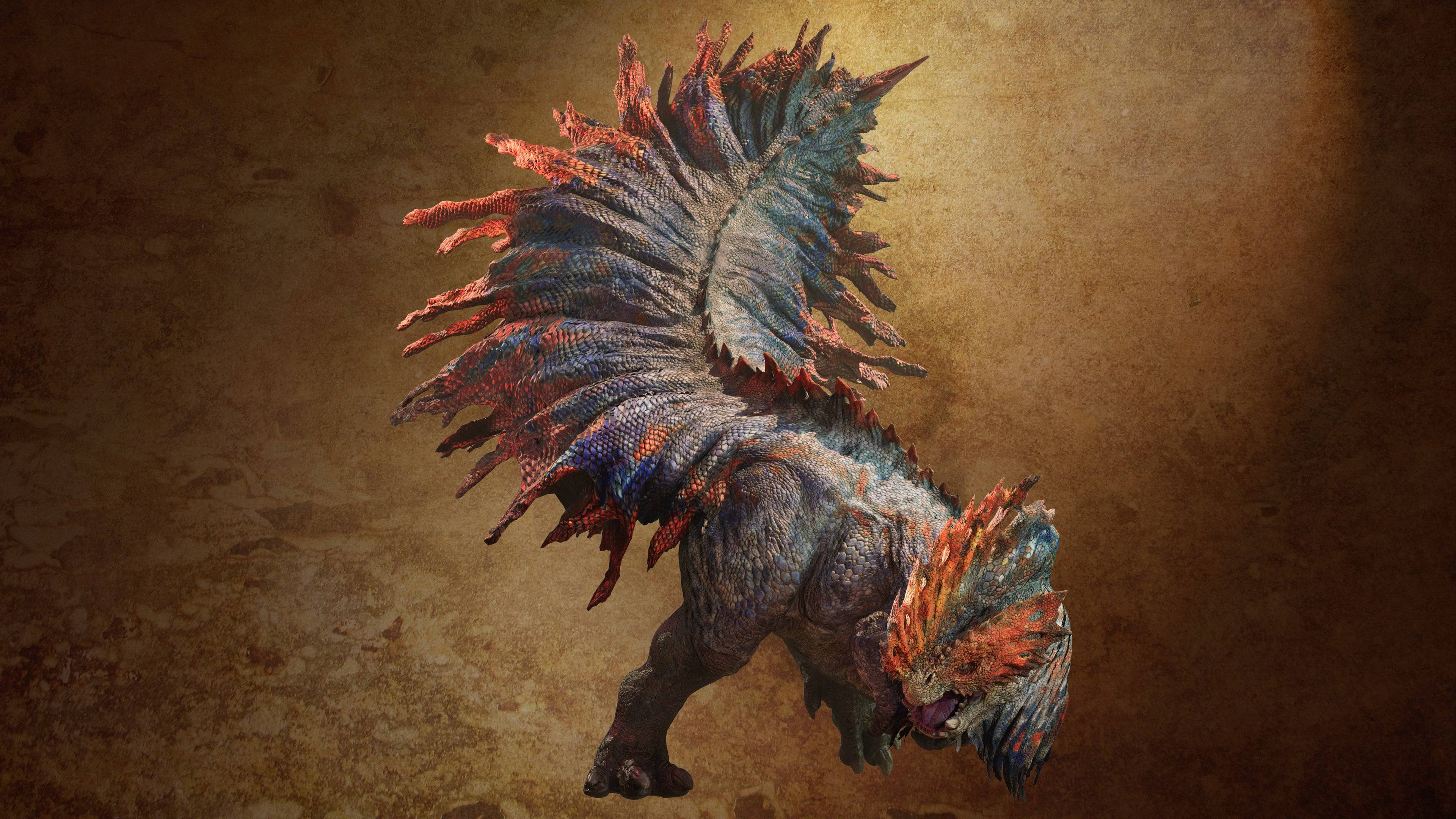 While Gravios returns, its juvenile form, Basarios, will not appear in this game. Fujioka explains, "Basarios will be taking this one off. The time isn't right yet."
While Gravios returns, its juvenile form, Basarios, will not appear in this game. Fujioka explains, "Basarios will be taking this one off. The time isn't right yet."
The Monster Hunter team carefully considers monster reappearances, ensuring they can be fully utilized in the game. Although Basarios won't be in Wilds, many other monsters will inhabit the Oilwell Basin. I eagerly anticipate hunting there, Cool Drink in hand.
Latest Articles


![1xBet [Updated]](https://imgs.yx260.com/uploads/76/1719623227667f5e3be7616.jpg)








